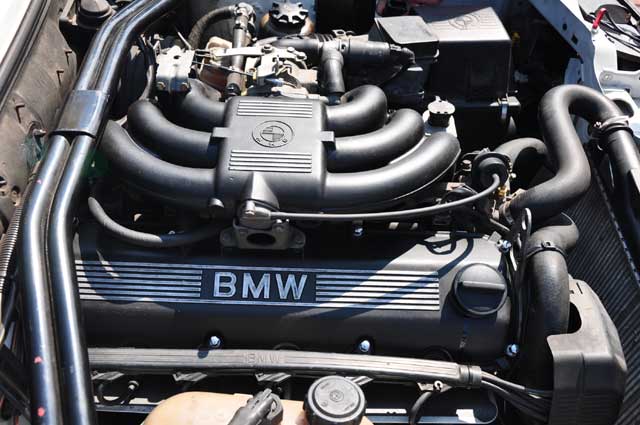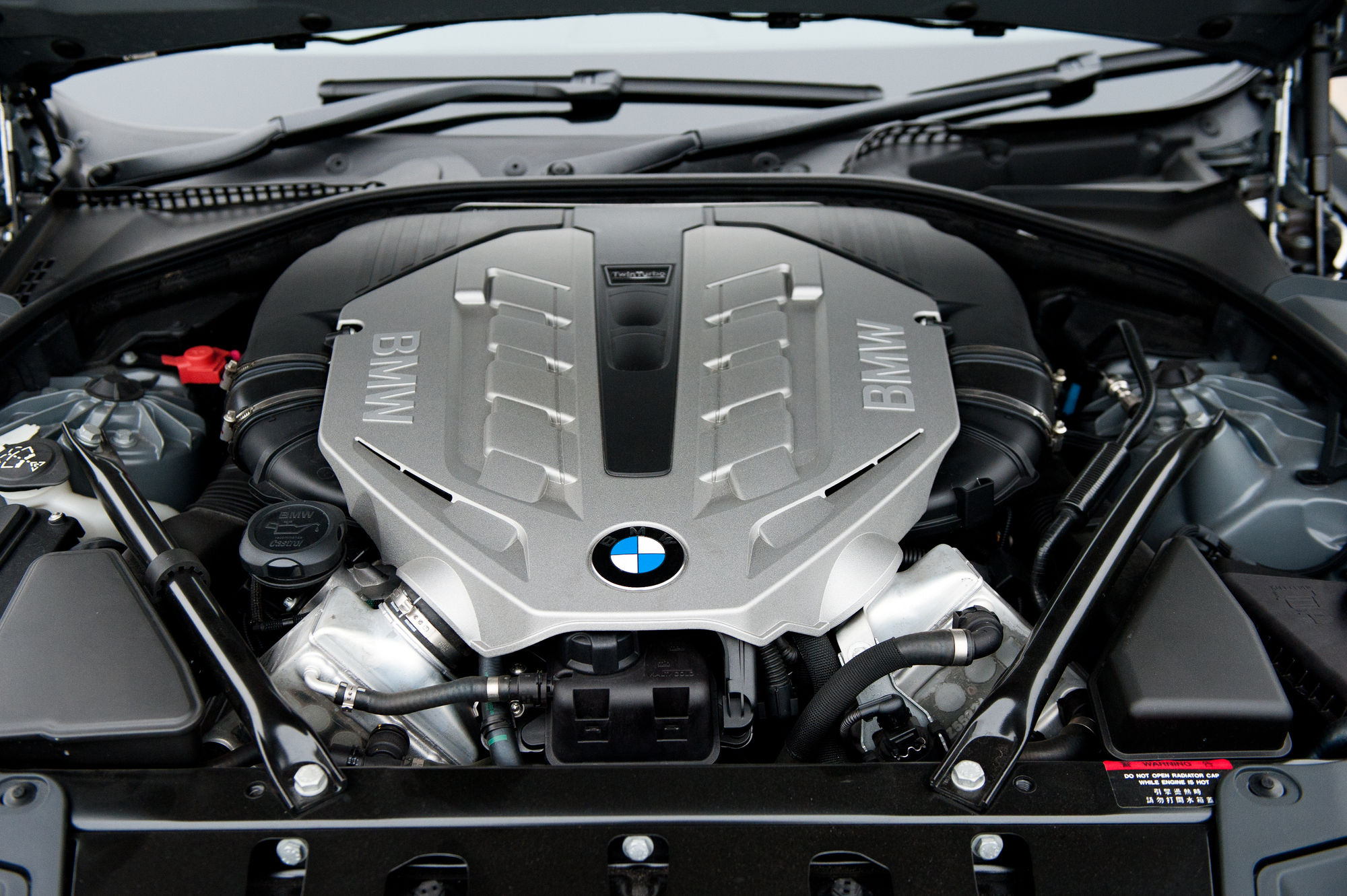Discovering the Evolution of Combustion Engines in Modern Transportation Systems
As we browse the landscape of contemporary transportation, the advancement of burning engines stands as a testament to human ingenuity and design prowess. The interplay of background, innovation, and environmental problems in shaping the trajectory of combustion engines develops a narrative that is both compelling and informative.
Very Early Beginnings of Combustion Engines
Just how did the principle of combustion engines very first emerge in the early phases of transportation advancement? The origins of combustion engines can be traced back to the 17th century when the concepts of inner combustion were initial explored.
The development moment included the development of the first successful gasoline-powered engine by Karl Benz in 1885 - bmw engine. This engine led the means for the development of the contemporary auto, transforming transport systems worldwide. Succeeding innovations by Nikolaus Otto and Gottlieb Daimler additionally improved burning engine technology, resulting in the automation of vehicles and the quick expansion of the transportation market
These early burning engines were defined by their simplicity and effectiveness, laying the foundation for the complicated and effective engines made use of in modern-day transport systems. The development of burning engines has been critical fit the method we travel and transfer goods, marking a significant milestone in the history of transport growth.
Change to Internal Combustion Technology
The change to inner combustion technology marked a crucial change in the development of transportation systems. This change started in the late 19th century, with innovators like Nikolaus Otto and Gottlieb Daimler developing the first effective inner burning engines. These engines changed transportation by providing an extra reliable and powerful option to steam engines and electrical motors.
One of the crucial benefits of internal combustion engines was their ability to be scaled down to fit into vehicles, bring about the advancement of motorbikes and automobiles. This change from bulky, fixed engines to small, mobile ones led the way for the modern transport systems we see today.
The change to interior burning innovation also stimulated advancements in gas technology, bring about the development of fuel and diesel as primary fuel resources for lorries. This shift not just made transportation a lot more accessible to the masses yet also laid the foundation for the oil and gas sector to become integral to worldwide economies.
Influence of Combustion Engines on Transport
The adoption of burning engines in transport systems catalyzed a profound shift in the performance and speed of worldwide flexibility. Combustion engines reinvented transport by providing a trustworthy and versatile source of power for different vehicles, consisting of automobiles, aircrafts, ships, and vehicles. This advancement significantly enhanced the capability for individuals and products to relocate over lengthy distances in shorter timespan, causing boosted connection in between areas and countries.
Moreover, the prevalent use combustion engines has had a considerable impact on economic development. The ability to transfer goods efficiently has stimulated profession and business, enabling services to broaden their markets and reach consumers worldwide. This has actually promoted financial development and globalization, as products can now be transferred much faster and in bigger quantities than ever previously.
However, the environmental influence of burning engines can not be ignored. The combustion of fossil fuels has actually caused air pollution and greenhouse gas emissions, contributing to environment modification and positioning health threats to populaces. bmw engine. Consequently, there is an expanding focus on developing alternative propulsion innovations to reduce these negative results and produce a more lasting future for transportation
Innovations in Burning Engine Style
One noteworthy development is the development of turbocharged engines, which make use of exhaust gases official source to drive a generator that presses inbound air, enabling for more fuel to be charred, resulting in enhanced power output without a significant increase in engine size. Variable shutoff timing systems have actually likewise transformed engine design by optimizing airflow at various engine rates, improving both power and effectiveness. These developments collectively add to the continual enhancement of burning engines in contemporary transportation systems.
Future Trends in Burning Engine Advancement
With innovation advancements driving constant development, the future of combustion engine advancement is poised to reinvent transport systems internationally. One of the key patterns in burning engine development is the push in the direction of higher efficiency and minimized exhausts.
One more famous trend is the adoption of crossbreed modern technologies in combustion engines. Crossbreed engines incorporate traditional combustion technology with electrical power, providing enhanced gas efficiency and reduced exhausts. As the automotive market changes in the direction of electrification, crossbreed combustion engines are seen as a transitional option that links the void between conventional automobiles and totally electrical ones.
Moreover, the integration of wise technologies, such as artificial knowledge and information analytics, is anticipated to play a substantial role in the future of combustion engine development. These technologies can enhance engine performance in real-time, causing a lot more effective combustion processes and enhanced general lorry efficiency. Welcoming these future fads will certainly not just drive technology in burning engine advancement however likewise contribute to a much more sustainable and eco-friendly transport ecological community.

Verdict
Finally, the evolution of combustion engines in modern transportation systems has been marked by considerable improvements in modern technology and layout. From the very early starts of combustion engines to the find out shift to interior combustion innovation, these engines have had a profound effect on transportation. Developments in combustion engine design remain to drive progress in this area, with future fads concentrating on additional enhancing effectiveness and minimizing discharges. The future of combustion engines in transportation looks encouraging as study and growth efforts remain to push boundaries.
The roots of burning engines can be mapped back to the 17th century when the principles of inner combustion were first discovered. These engines reinvented transportation by supplying a much more efficient and effective choice to steam engines and electrical click for more motors.
